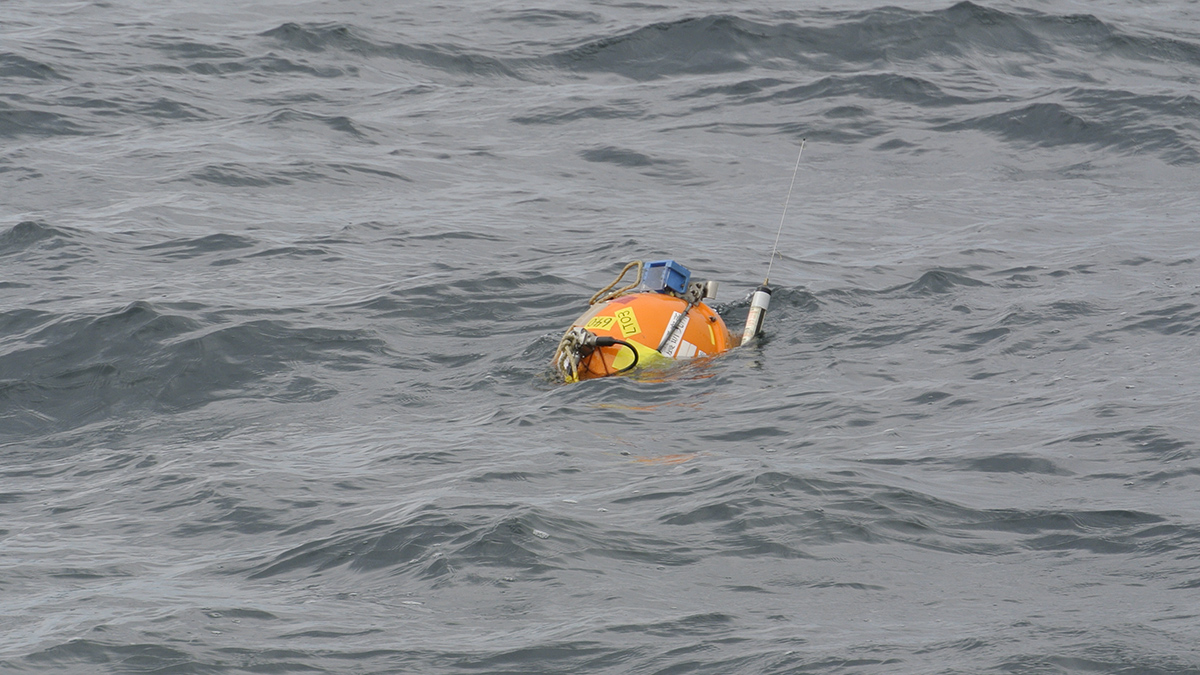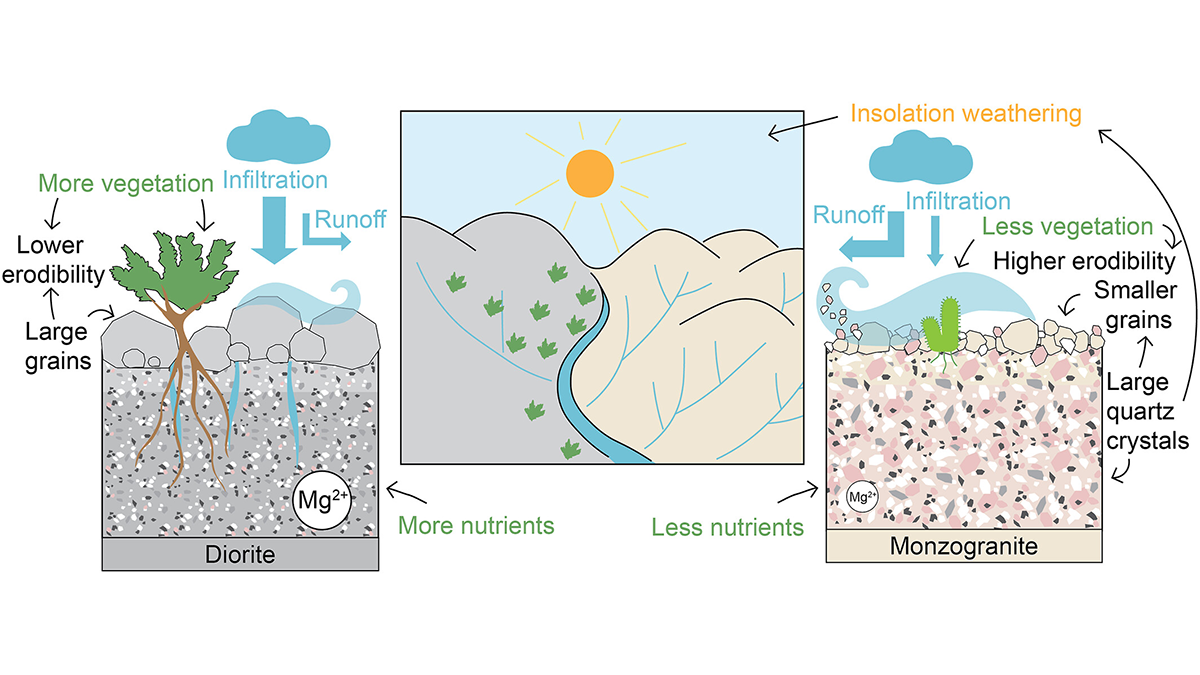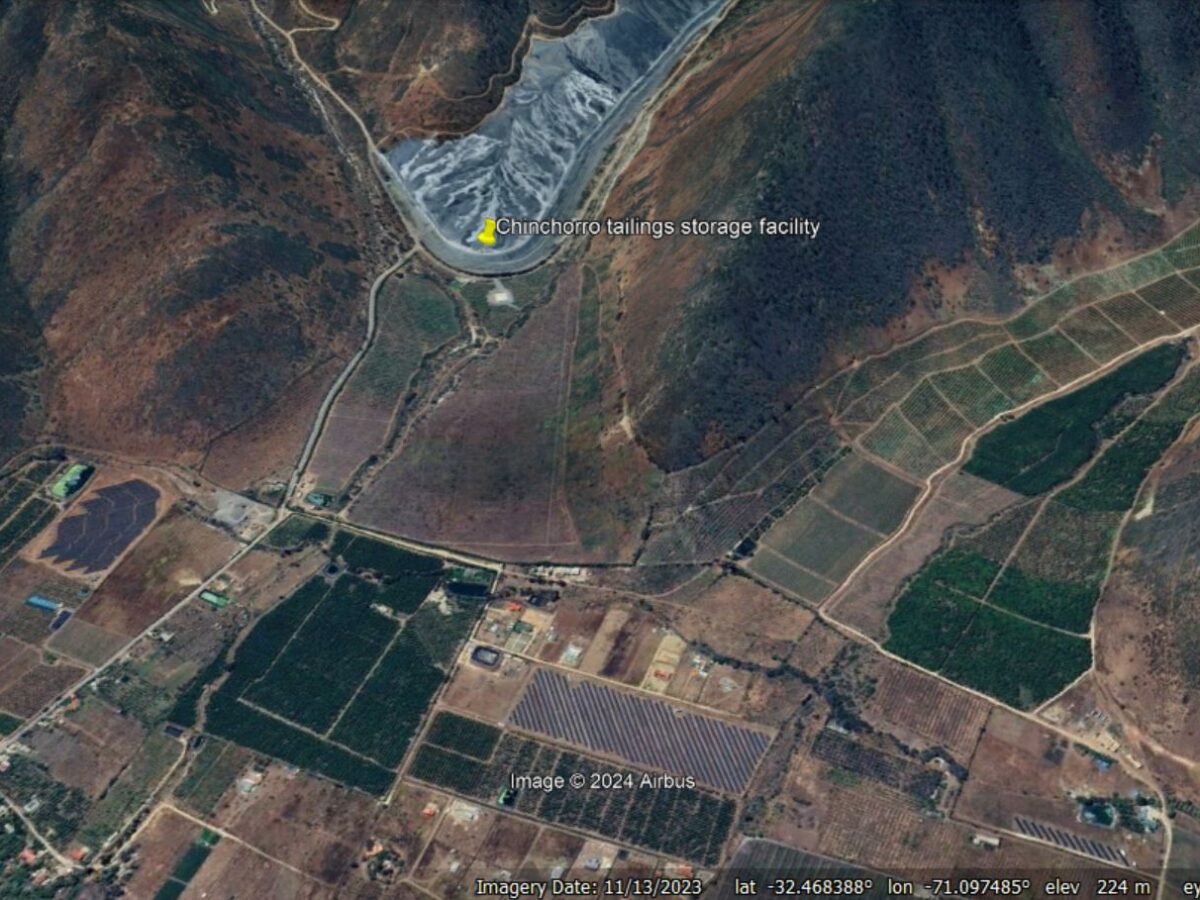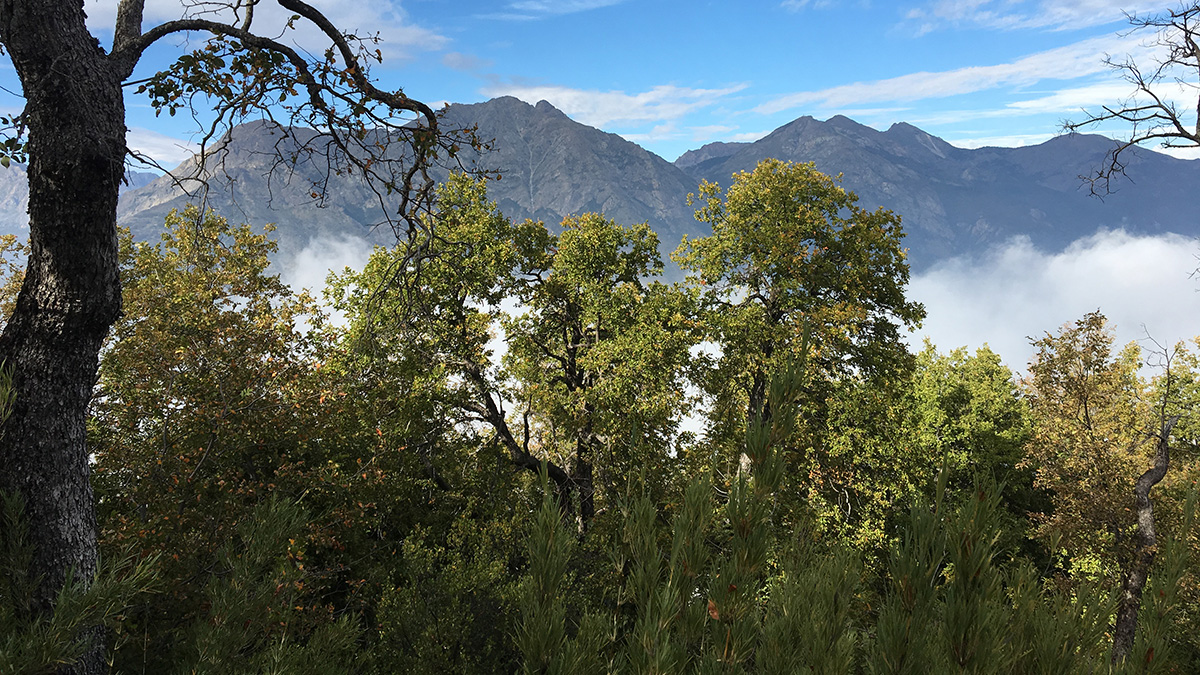Reconstruction of landslides on the banks of Lake Rupanco in Chile, triggered by the 22 May 1960 Mw-9.5 earthquake, suggests that a slope failure with a volume of 161 million cubic metres triggered a tsunami with a maximum amplitude of 33.3 metres. About 120 people were killed. A very interesting paper (Quiroga et al. 2025) […]
Chile
Finding the Gap: Seismology Offers Slab Window Insights
Studying slow tremors has helped researchers home in on the youngest part of the Chile Triple Junction’s gap between subducting plates, which offers a window to the mantle.
How Rock Type Shapes River Networks and Influences Landscape Evolution
A new study in Chile shows how small differences in rock type can drive large differences in erosion, vegetation, and river networks, illuminating the role of mineralogy in shaping landscapes.
Megadroughts Have Grown in Size and Scope
A new study maps and ranks the largest, longest-lasting, and most severe multiyear droughts from 1980 to 2018.
A New Tornado Database Helps Researchers Worldwide
Thanks to unique geography and atmospheric conditions, the United States is a tornado hot spot, but these deadly whirlwinds also hit Africa, Asia, and Latin America.
The failure mechanism of the 17 December 2017 Santa Lucía landslide in Chile
The Landslide Blog is written by Dave Petley, who is widely recognized as a world leader in the study and management of landslides. On 17 December 2017, a large landslide was triggered at Santa Lucía in the northern Patagonian Andes of Chile. An initial rock slope failure transitioned into a 12 km long debris flow […]
The 13 June 2024 tailings dam failure at the Chinchorro TSF at Peñablanca in Chile
The Landslide Blog is written by Dave Petley, who is widely recognized as a world leader in the study and management of landslides. At about 8 pm on 13 June 2024, a failure occurred in the embankment wall of the Chinchorro tailings storage facility, close to the village of Peñablanca, near the town of Cabildo […]
Astronomers May Have Spotted the Birth of a Planet
Lumps of dust are spiraling around a young star 5,000 light-years away. They could be Jupiter-like planets in the making.
An interesting erosive event in the Socavón Cochoa area of Viña del Mar, Chile
Dramatic erosion of a sand dune in Viña del Mar, Chile appears to be related to maintenance of a drainage pipe.
Short-Lived Solutions for Tall Trees in Chile’s Megadrought
Some southern beeches in the Andes have plumbed deeper for moisture as the surface has dried up. But doing so may deplete resources and undermine the trees’ future health.









